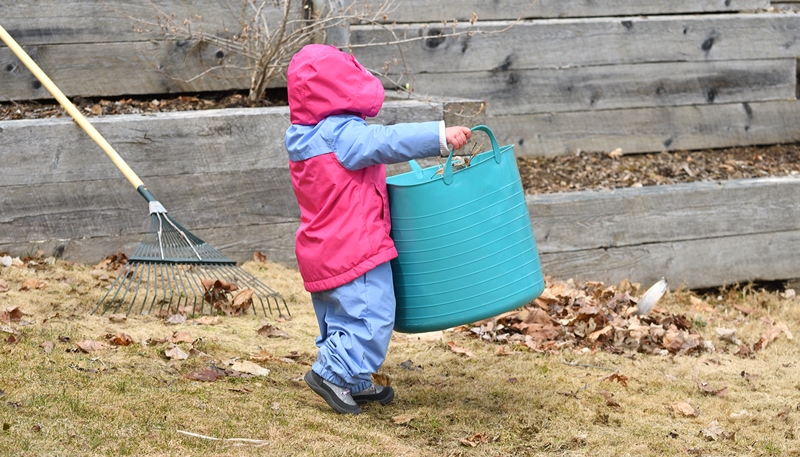Montessori Infants and Toddlers: Maximum Effort

The child does not follow the law of the least effort, but a law directly contrary. He uses an immense amount of energy over an unsubstantial end, and he spends, not only driving energy, but intensive energy in the exact execution of every detail.—Maria Montessori
The Secret of Childhood, p. 204.
Watching my friend’s toddler the other day, I discovered that he is fascinated by their robot vacuum. He has been preoccupied with it for months. When he began crawling, he constantly crawled over to the charging station to push the button. He would watch the vacuum go around the room, often chasing it as fast as he could crawl, laughing and giggling along the way. Now that he can walk, he is no longer content to simply push the button; instead, he picks up and carries the vacuum, placing it in other areas of the house. This is no easy feat as the vacuum easily weighs 7–8 pounds, almost one-third of his body weight! What makes young children pick up and carry heavy objects or attempt “adult” jobs like emptying the dishwasher? Montessori called this the exertion of maximum effort and said that the greater the amount of effort involved in work, the greater the sense of satisfaction. (Montessori, 2012) Children truly need this big, heavy work. It’s as if, once they are mobile, they need to work. The worst thing an adult can do is to stop the child by saying “I’ll do it” or “It’s too heavy.” Instead, we should find work that satisfies the child’s inner drive.
Big Work for Little People

How does he achieve this independence? He does it by means of a continuous activity. How does he become free? By means of constant effort. … we know that development results from activity. The environment must be rich in motives which lend interest to activity and invite the child to conduct his own experiences.—Maria Montessori
The Absorbent Mind, p. 84.
The work of the family is most interesting to young children. In the Montessori environment, we call these the practical life activities. At home, they are our daily tasks – and young children love them. Rather than providing toddlers with heavy toys, encourage them to work along side you. Through this work, children can learn their place in the family and take their first steps towards independence. What kinds of work can they do? Maybe a better question would be what can’t they do? Here are some suggestions:
- Put pots and pans in the cupboard
- Stack dishes to put away
- Empty the silverware from the dishwasher
- Set the table
- Pour water
- Stir batter
- Help carry bags of groceries
- Remove laundry from the drier
- Fold and carry towels
- Make a bed
- Move child-size furniture and large pillows
- Sweep the floor or rake the garden (with child-size tools, of course!)
- Water plants
- Dig holes in the garden
- Fill and push a child-size wheelbarrow
- Carry firewood
- Climb (stairs, Pikler triangles, playground equipment, ‘up’ a slide, stepladder)
- Go for long walks without a stroller or being carried

What if the floor doesn’t need sweeping or pots and pans don’t need stacking? It doesn’t matter – let the child work on the task anyway. For an adult, movement and effort without a need is wasted energy. But for a child, the purpose of movement is not to do or accomplish a task. It is simply to satisfy an inner need to move. Through movement, they refine their coordination. And through purposeful movement, the child learns to coordinate movement with this great effort.
Learn more about the importance of movement, independence, and other Montessori principles in NAMC’s Montessori Infant/Toddler Curriculum or by enrolling in our Montessori Infant/Toddler Diploma Program.
